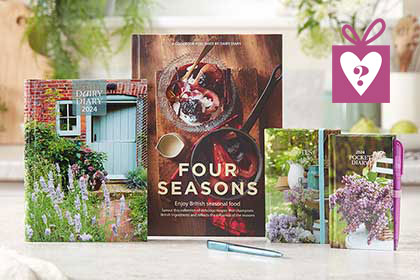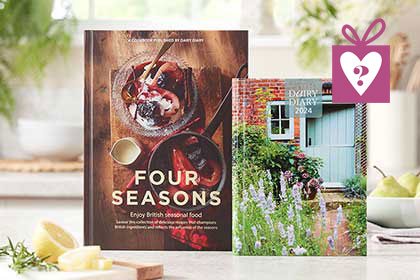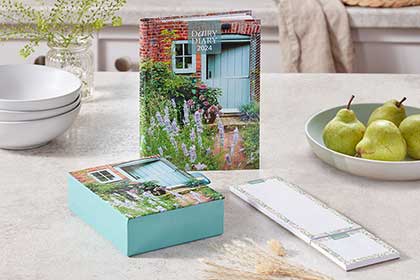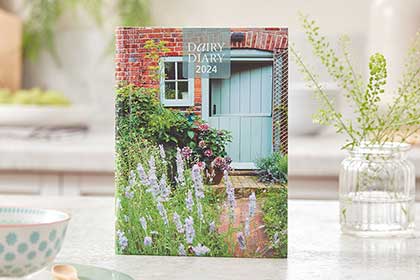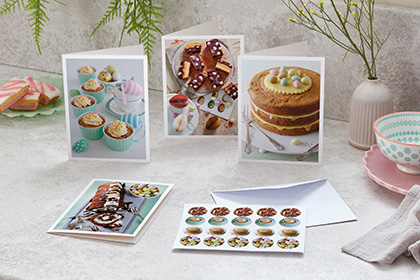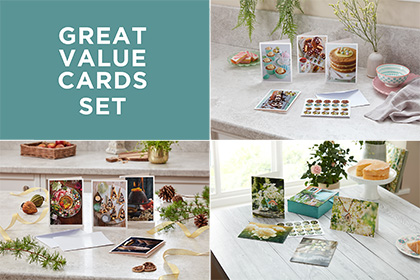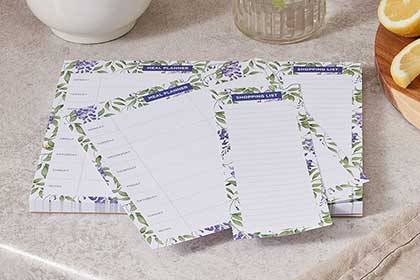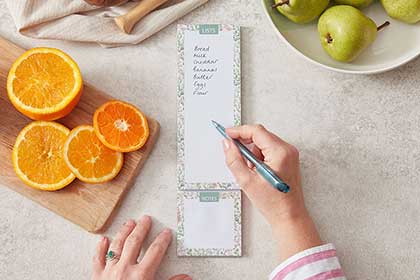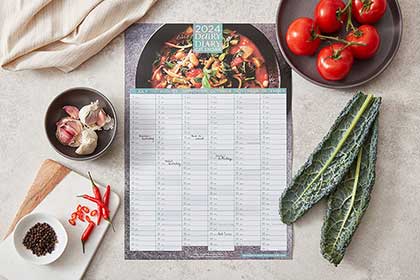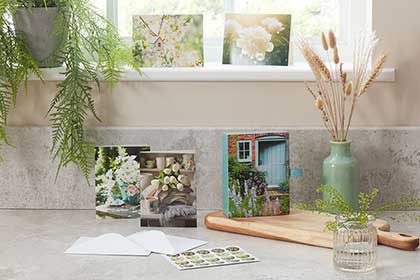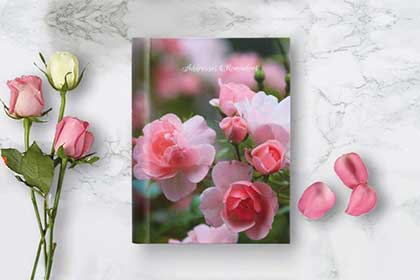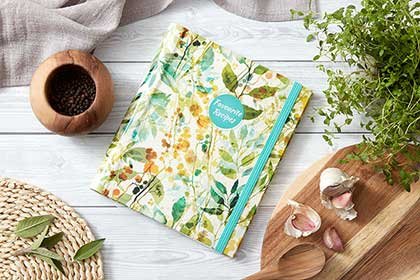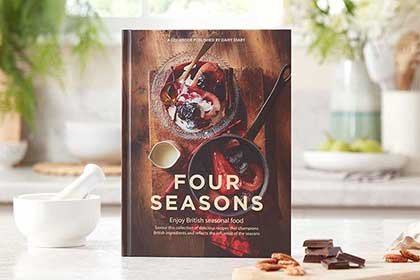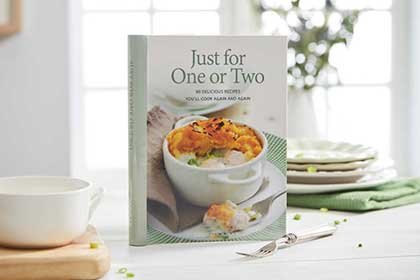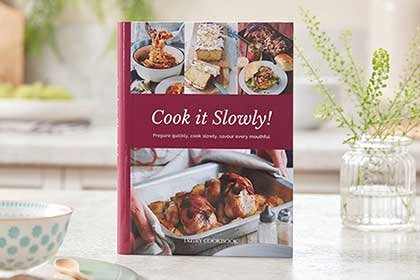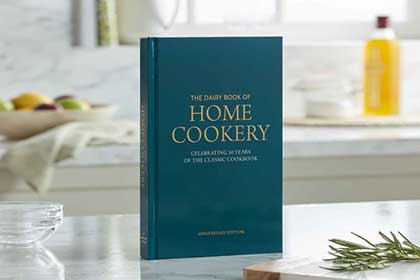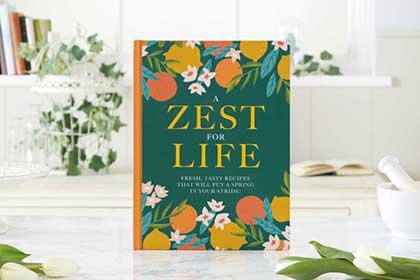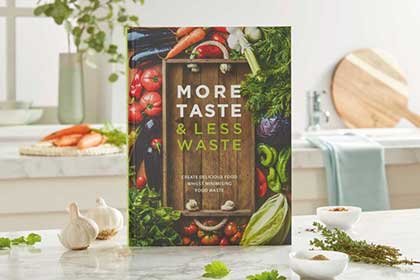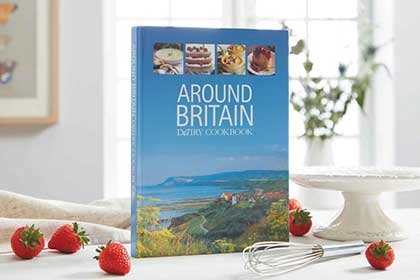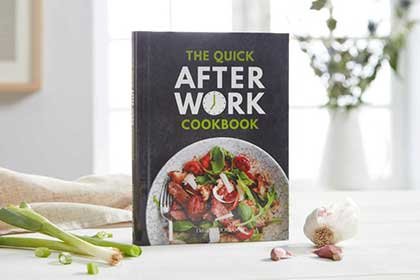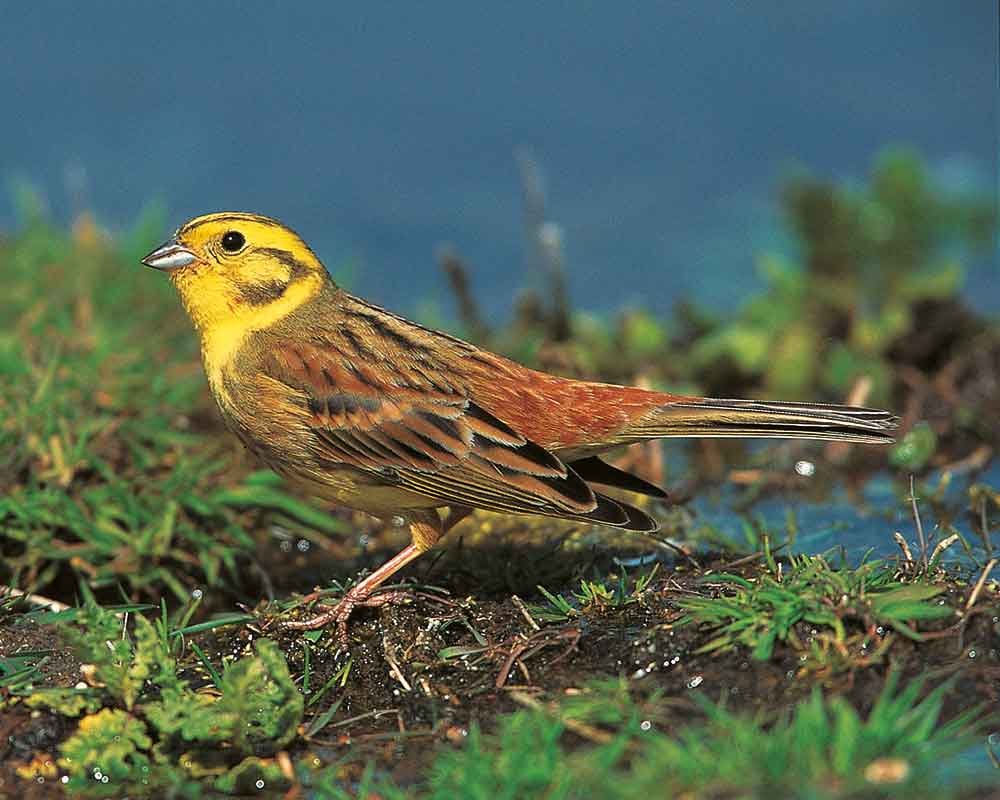If you were around in the 1970s, you might remember the decade’s ubiquitous spider plants – perhaps you even nurtured one on your own windowsill
Today, houseplants are back in vogue and they can improve our wellbeing and enliven our homes.
Despite being very much on trend these days, the idea of bringing the outdoors in is nothing new: in this country houseplants have been on the scene since the late 1800s. Abroad, they have a longer history: indoor plants have long been seen as a marker of wealth and opulence in Asia. Chinese gardeners have been cultivating plants for decorative use in the home since 1000BC, so us Brits can hardly claim to be trendsetters!
In England houseplants were unheard of until they received a mention in Hugh Plat’s gardening tome The Garden of Eden (1653). This inspired the wealthy to construct greenhouses, which were used to grow exotic plants for indoor use that would not have thrived outside in Britain.
Green goodness
The surge in houseplants in UK homes in this century likely has less to do with their role as a status symbol and more to do with the fact that the average British adult spends 90% of their time inside*. Adding a plant to your space helps to bring the natural world indoors, so it makes sense that indoor plants provide many of the benefits of being outside in nature.
As well as livening up an empty corner or unloved windowsill, scientific studies have shown that houseplants improve physical health by purifying the air in our homes.
The daily routine of tending to and watering plants can also reduce stress by acting as an exercise in mindfulness.
Visit any large supermarket or garden centre in Britain and you’ll find row upon row of indoor greenery, from delicate ferns to towering Swiss cheese plants. The most reliable places to buy houseplants are reputable nurseries and garden centres, but even the droopiest of supermarket houseplants should perk up with a little TLC.
Tips for beginners
The most likely reason for a houseplant’s failure to thrive is overwatering. Most of the species of houseplants common in the UK are native to tropical regions where they are used to searing heat and high humidity, with an occasional drenching by way of tropical storms. As such, daily watering can leave them sulking. It’s always advisable to check the needs of specific plants on the internet or the label, but as a general rule most houseplants do better with a thorough watering once a week.
Half of the battle of keeping houseplants alive is understanding their individual needs. Take your time to learn about growing conditions, paying particular attention to the amount of light preferred by the plants you have chosen. There’s little point trying to force a sun-loving plant into an existence spent in a gloomy corner.
To avoid becoming overwhelmed, it makes sense to build a houseplant collection slowly, getting to know your plants one by one.
It is also wise to avoid extremes of temperature. Many houseplants, including the popular Swiss cheese plant (Monstera deliciosa), prefer gentle sunlight. Direct sun can scorch the leaves. Central heating can also wreak havoc on the delicate ecosystem most indoor plants prefer so avoid placing pots too close to radiators.
As with most pastimes, raising happy houseplants tends to be a matter of trial and error. You will learn as you go, and come to accept that you might experience a few failures along the way. In the process, you’ll jazz up your surroundings with some living decoration, boost the air quality inside your home and likely bring a smile to your face as well.
*Statistic by Opinium
Six starter houseplants
If you are a houseplant beginner, try one of the six lush plants listed below. All can cope with a degree of neglect, making them a good starting point for those new to indoor greenery.
 1 Jade plant (Crassula ovata) Jade plants prefer bright light, but are otherwise near impossible to kill. They are often called money plants as their rounded leaves resemble coins.
1 Jade plant (Crassula ovata) Jade plants prefer bright light, but are otherwise near impossible to kill. They are often called money plants as their rounded leaves resemble coins.
2 Mother-in-law’s tongue (Sansevieria) This ironically-named decorative plant is often awarded the title of ‘most indestructible houseplant’. It will adapt to most conditions.
3 Spider plant (Chlorophytum comosum) Arachnophobes, don’t let the name put you off: this trailing plant is incredibly easy to care for and produces an endless stream of spider plant babies. You’ll soon be pawning them off on unsuspecting friends and family!
4 Kalanchoe (K. blossfeldiana) Native to arid regions, this adaptable succulent blooms over a long period and comes in red, orange, pink, yellow and white flowering varieties.
5 Peace lily (Spathiphyllum) White, trumpet-shaped flowers make this a show-stopping choice. It is perfect for indoor flora novices because its leaves will droop noticeably when it needs watering.
6 Cast iron plant (Aspidistra) For a genuinely indestructible houseplant, opt for a cast iron plant, so nicknamed by the Victorians for its strength in the face of extreme neglect. Its glossy leaves will tolerate cold, heat, all manner of pests – and weeks without watering!

Head of Dairy Diary; I’m passionate about producing high quality products that our customers will cherish. I’m also a mum of three and I enjoy cooking, walking, gardening and art with my family, as well as lino printing (if I find time!)

